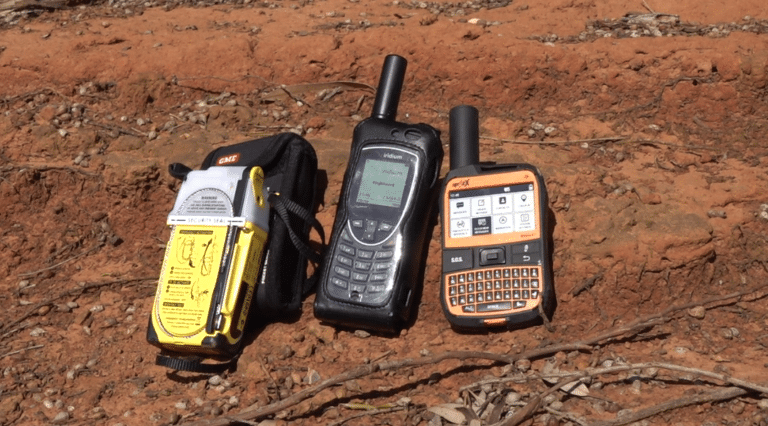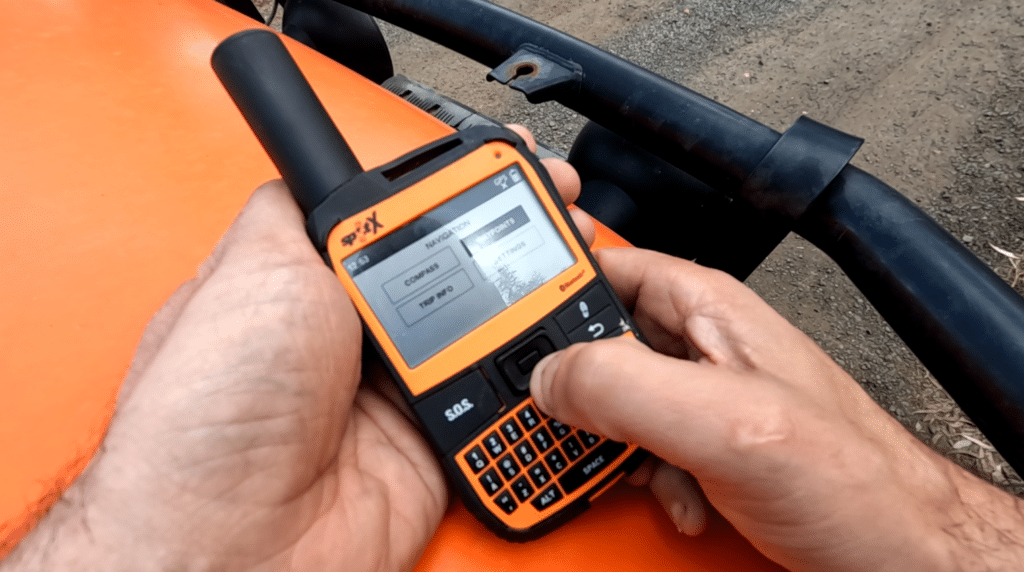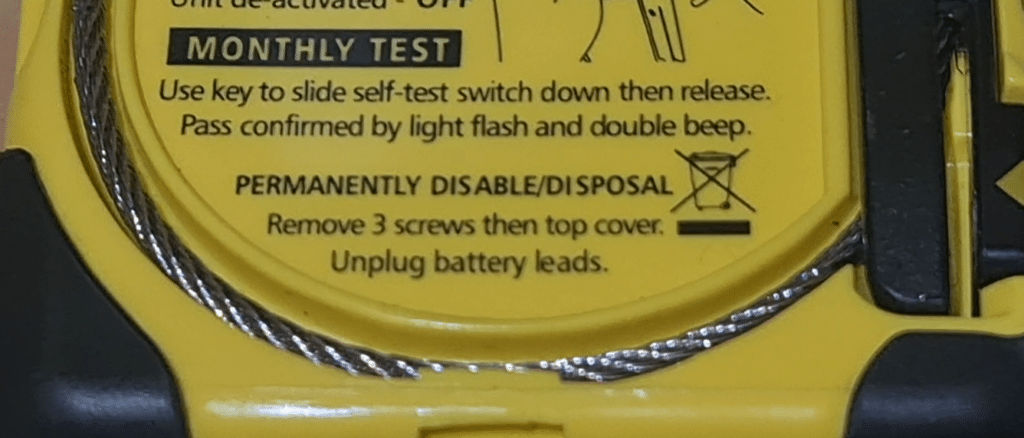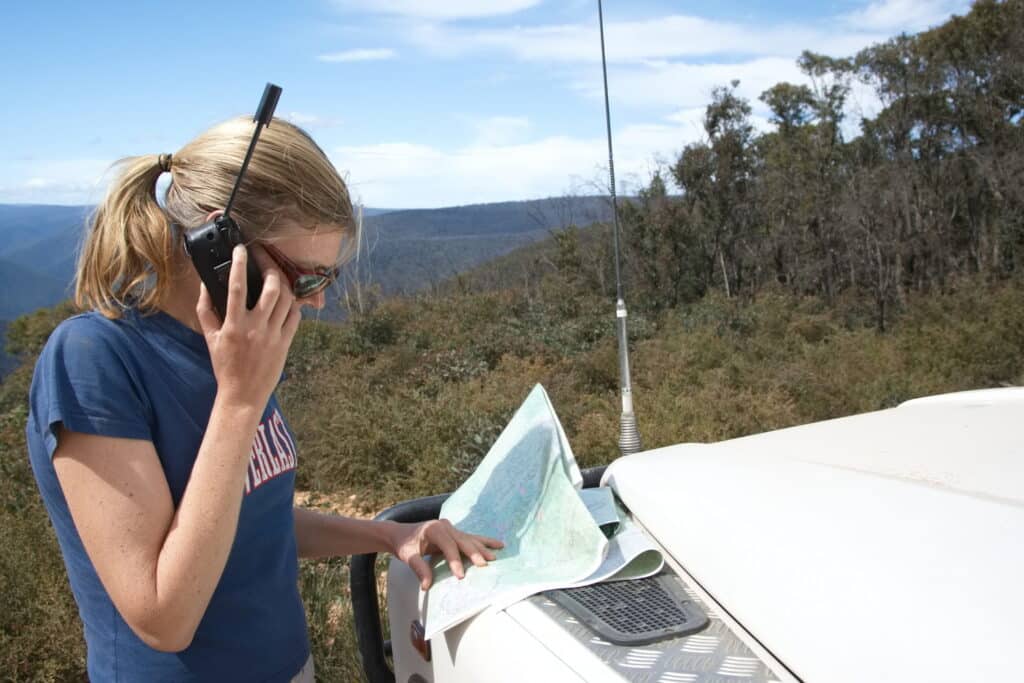Remote area communications Part 2: Which one should I get?




Sooner or later, you’ll need help when travelling remotely, and that’s when you’ll be glad you invested in some form of remote area communications. In this Part 2 guide, Robert Pepper walks us through what options are best suited to your needs.
In Part 1, we discussed satphones, smartphone hotspots, satellite messengers, Apple’s iPhone service, distress beacons and Starlink. Now, here in Part 2, we’ll compare and contrast them with some examples. I should say that there are many different remote communications devices on the market, all with slightly different features, and it’s always changing, so I’m going to make some generalisations and suggest that when you’re ready to buy, carefully compare feature lists. Even down to reading the manual which should be available online. For costs, look at the buy price plus subscription if applicable, and see if there’s a pause function and whether you might use it.
Now for the use cases, starting with using remote communications for tracking. You want to let people know where you are for fun, their peace of mind and your own safety. Messengers are likely to have that function, satphones may not, smartphone hotspots maybe, and distress beacons definitely not, nor iPhones. If you’ve set up Starlink for in-motion use, then you’ve got complete Internet access, so there’ll be a few ways to do that. Worst case with a satphone is to simply send a text every couple of hours, but that gets tedious and needs to be manually plotted.

The next use case is for those wanting to use remote communincations for information. This is when everything is working fine, you’re not in trouble, not yet anyway, but you might need a weather report, track report, or maybe word from home to help you on your way. But it’s not particularly time-critical, or even necessarily critical to your trip. Again, we can rule out single-job beacons.
In this case, Starlink is the best option as it’s full, high-speed Internet access – video, web, whatever you want. Failing that, some messengers have a weather function, or you could message someone and ask. The smartphone hotspots may have just enough data service to get a weather report or basic email. And using a satphone, you can call anyone, but text will be a 90s-throwback effort given the basic keypad.
Advice is the next remove communications scenario. This is where you definitely need some outside help to progress or stop a bad situation from turning worse, and in a fairly timely manner too. You’d be okay for a few hours, days even, but you need help to move on again. You might need expertise to help fix your car, manage a casualty, or recover a vehicle. This is where we start to assume problems have occurred, so maybe your car isn’t working properly, no electrical power or similar.
That starts to rule out Starlink as it’s not quick to set up, and the problem may be such that you can’t set it up as your car is dead. Beacons are no good either, as you’re not in a life-and-death situation. What you really need here is voice and text. Sometimes you need the immediacy of voice rather than typing out a message, but if you’re sending or receiving numbers or data, then that’s better done on text as there’s less chance of mishearing a 2 for a 5. Also, if you’re sent data you’ve got a record of what to do. In a stressful situation, that’s important. So the best options here are a satphone for voice and a messager for text, and maybe a smartphone hotspot which can do both.
Then we come to the need for remote communications in a rescue situation. This is where there is a serious threat to life, either immediately or it’ll get that way soon. Maybe someone is seriously ill, you’re badly bogged with no hope of recovery, your vehicle is damaged beyond repair, or you’re solo with a broken leg and can’t drive.

You need immediate help so your device needs to be strong, portable and have a long battery life. This is the moment the distress beacon has been waiting for! If that’s your situation, then the one device you’ll really want is that beacon. Press that SOS button and you’ll send a signal to some – yes more than one – of the best emergency satellite constellations in the world, which are connected to government agencies that exist to provide rescue services, not private corporations.
Modern beacons will also transmit your coordinates which they’ll get via GNSS (Global Navigation Satellite System), which is GPS, and three other similar systems. And with RLS (Return Link Service), you’ll get a confirmation the message has been sent and received. Help WILL then be on the way in Australia, but not all other country’s services are so well organized.
No beacon? You can press the SOS function on your modern satphone or messenger, and that’ll go to a private organisation, but again remember you must have set it up beforehand. Or, you could use a satphone to call 000 in Australia or 112 anywhere in the world and you’ll be connected to an emergency services operator.
Modern mobile phones can automatically send their location via SMS. Satphones typically can’t, so you’ll need to figure that out. Even offline, your smartphone can display coordinates, often called “GPS coordinates”, but they’re not; it’s lat/long or UTM. There is no text message or email equivalent of 000, so you’ll need to text someone to call on your behalf. This is where a trusted friend back home is a good idea.

There is no single device that is perfect for remote communications or even emergency communications. Personally, I think a good mix is a satphone which offers voice and SMS and a distress beacon for deep trouble, with maybe a messenger as well as, or instead of the satphone and ideally on different satellite networks. You’ve then got multiple networks, multiple devices, and both text and voice well covered. There is no such thing as too many options when there’s trouble afoot.
If you have an iPhone, that’s great too, but I wouldn’t want to rely on a smartphone in an emergency because they’re too fragile and have too short a battery life. The satphone hotspots I’m not keen on for the same reason, smartphone reliance. If you can get Starlink working, that’d be fantastic, but it’s not something you can quickly grab from a burning car and keep running for days, so it is not a primary emergency system.
Now some really important points. Whatever remote communications system you buy, make sure you figure out how it works BEFORE you leave. None of this gear is particularly easy to use, and useful features are often buried. Just don’t actually make a 000 call! It’s also helpful to put the gear in a special location with clear, easy-to-follow instructions for everyone. And don’t PIN-lock it. There’s excellent reasons to lock your smartphone full of data, but not your satphone or messenger, leave that open. You never know when someone will really need to use it and can’t.
It’s also a good idea to use your gear, such as satphones or messengers, or perform self-tests on beacons.


Use these two articles as a guide. The remote communications market is complex, and the devices are feature-rich, so it pays to compare in detail. I’ve talked to a few people who’ve really had to use these things, and they all agree they wish they’d spent more time figuring things out before the event.